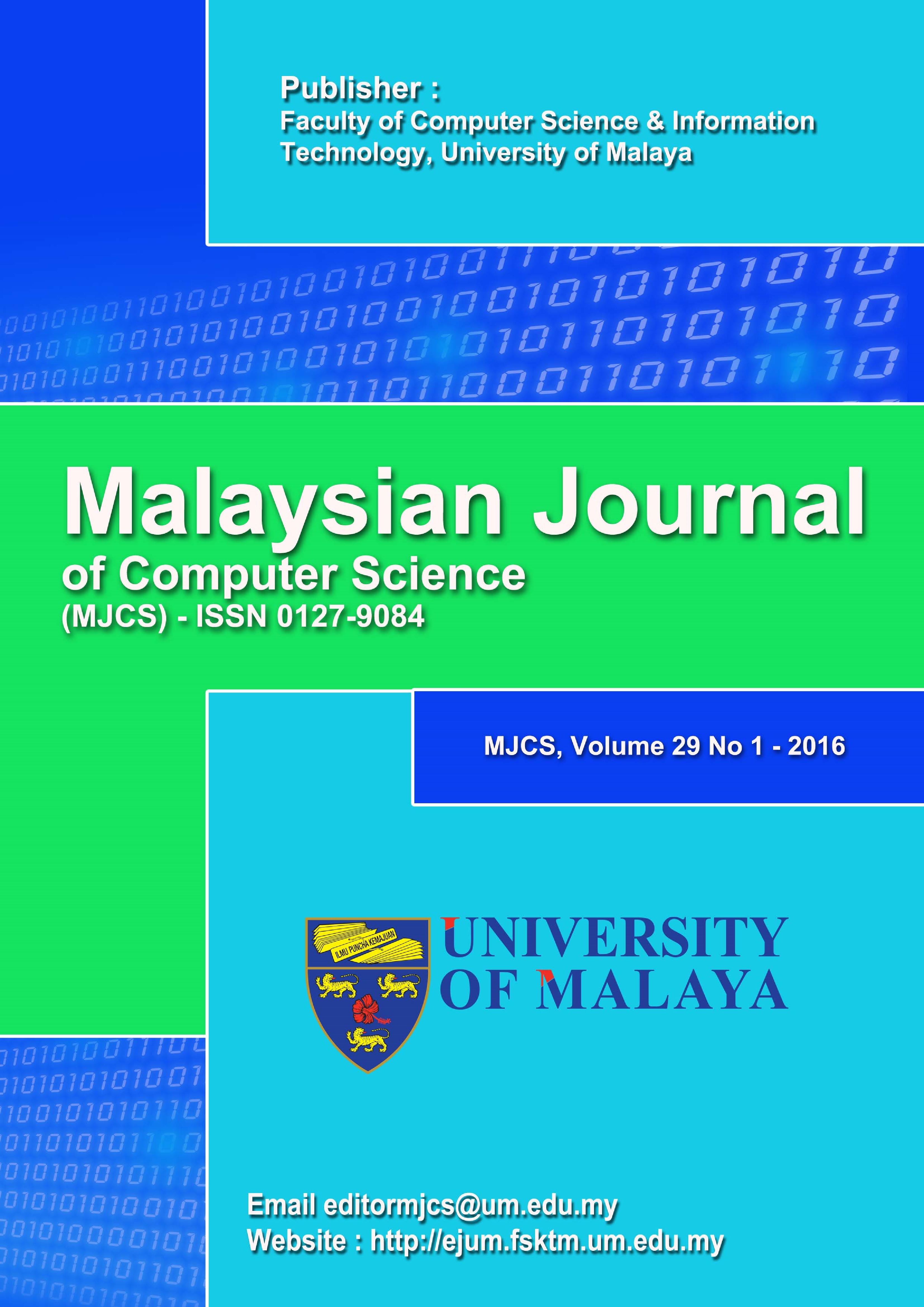FUZZY ADAPTIVE WHALE OPTIMIZATION ALGORITHM FOR NUMERIC OPTIMIZATION
Main Article Content
Abstract
Meta-heuristic approaches are used as a powerful tool for solving numeric optimization problems. Since these problems are deeply concerned with their diversified characteristics, investigation of the utilization of algorithms is significant for the researchers. Whale optimization algorithm (WOA) is one of the novel meta-heuristic algorithms employed for solving numeric optimization problems. WOA deals with exploitation and exploration of the search space in three stages, and in every stage, all dimensions of the candidate solutions are updated. The drawback of this update scheme is to lead the convergence of the algorithm to stack. Some known meta-heuristic approaches treat this issue by updating one or a predetermined number of dimensions in their update scheme. To improve the exploitation behavior of WOA, a fuzzy logic controller (FLC) based adaptive WOA (FAWOA) is suggested in this study. An FLC realizes the update scheme of WOA, and the proposed FLC determines the rate of the change in terms of dimension. The suggested FAWOA is evaluated using 23 well-known benchmark problems and compared with some other meta-heuristic approaches. Considering the benchmark problems, FAWOA achieves best results on 11 problem and only differential evaluation algorithm achieve best results on 10 problems. The rest of the algorithms couldn’t achieve the best results on not more than 5 problems. Besides, according to the Friedman and average ranking tests, FAWOA is the first ranked algorithm for solving the benchmark problems. Evaluation results show that the suggested FAWOA approach outperforms the other algorithms as well as the WOA in most of the benchmark problems.
